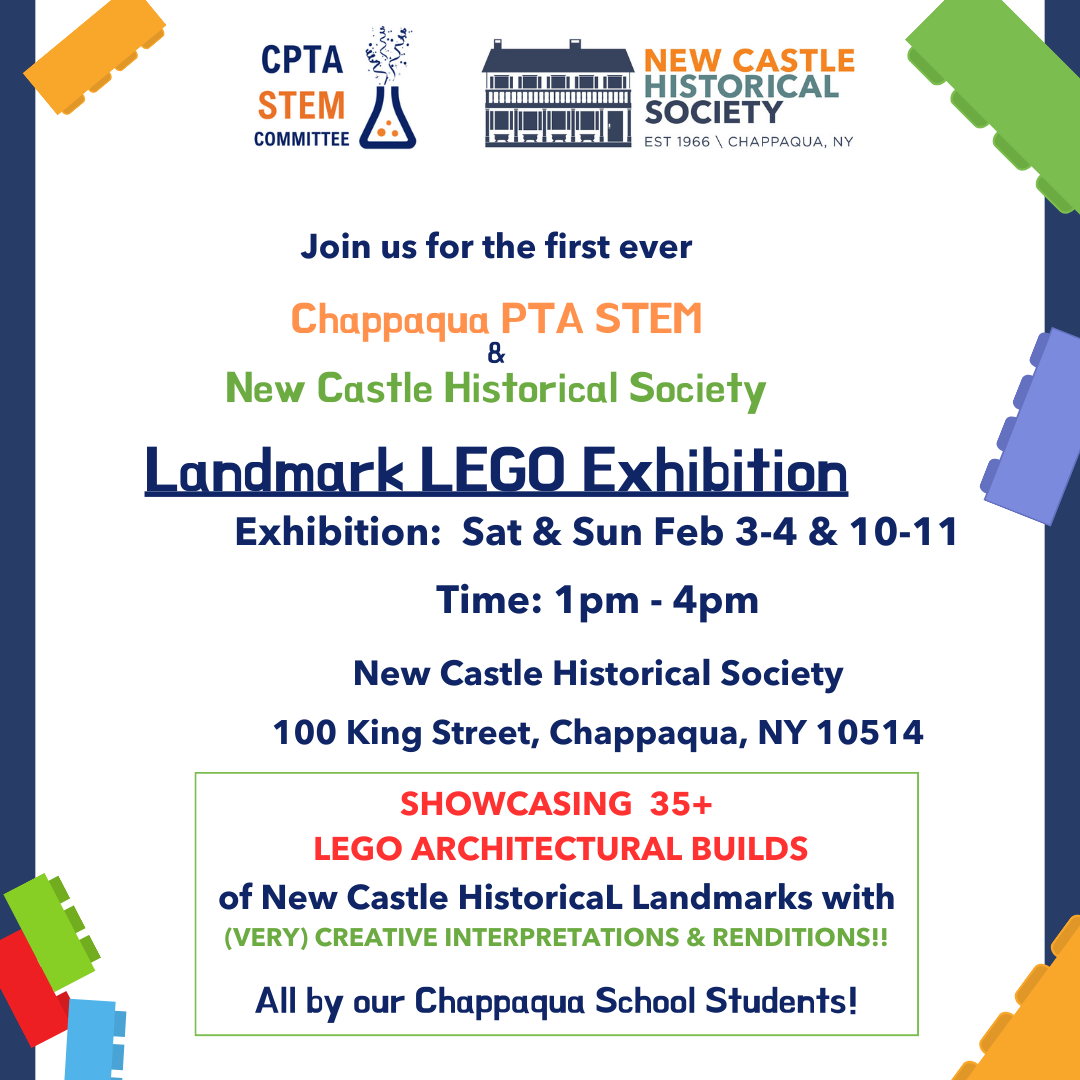New Castle Landmarks
The Horace Greeley House c. 1854 and 1864
100 King Street
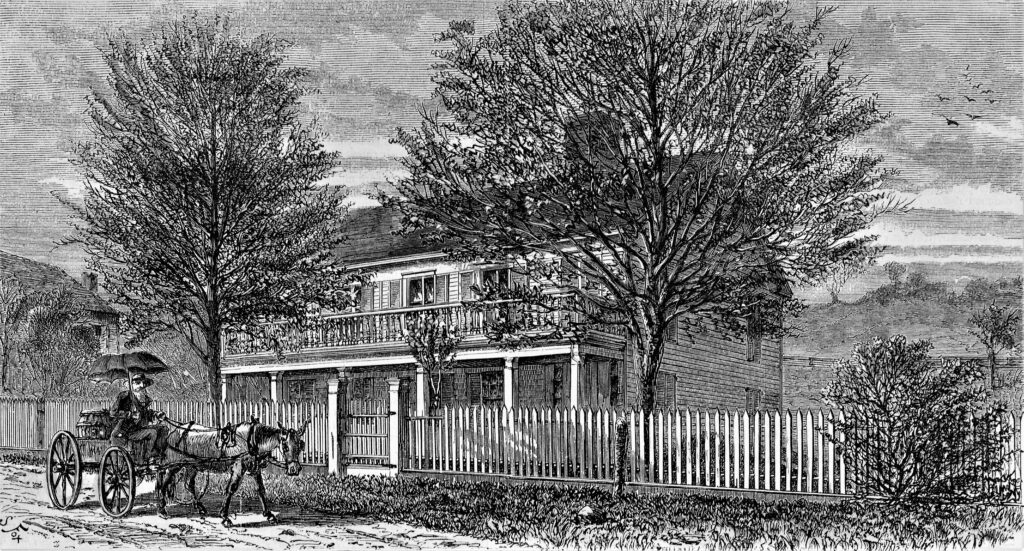

By 1864, Mary Greeley was ready to move. For the past ten years, the Greeleys had spent the summer months in a house deep in the woods of their 78-acre farm in Chappaqua. They had found it increasingly dark, dank, and remote. Furthermore, after the Draft Riots of 1863, when an angry mob had nearly burned down the office of the New York Tribune, they became concerned that their isolated home might be unsafe. So, in the spring of 1864, they seized the opportunity to buy a small house on Main Street (now King Street), right at the farm entrance. They enlarged it, rearranged the rooms inside, and moved in before the end of the year. Horace and Mary Greeley continued to make it their summer home until their deaths in 1872. The Horace Greeley House is a New Castle Landmark and is also listed on the National Register of Historic Places.
New Castle Landmarks
Chappaqua Friends’ Meeting House c.1754
420 Quaker Road
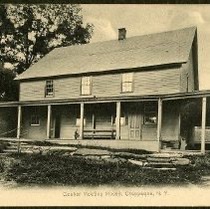

In 1747, two acres of land on Quaker Road were given by John Reynolds to the Chappaqua Friends’ Meeting for a meetinghouse and graveyard. By 1754, a shingled structure, 20 by 26 feet with 18-foot-high supporting posts, was completed. In 1780, it was extended by a 20 by 12 feet addition, and further additions soon brought it to its present dimensions. The front and side porches were added in the mid-1800s, and the building was more than doubled in size with a school wing in the 1960s. During the Revolutionary War, the meetinghouse served as a hospital for Washington’s wounded soldiers following the Battle of White Plains in October 1776. Some of these wounded died and were buried near the building, where their remains were discovered decades later. The Quakers were the first religious denomination in America to renounce slavery, and by the 1770s, forbade it to all members on pain of disownment. The Quakers’ opposition to slavery intensified in the years leading to the Civil War, and one member of the Chappaqua Meeting, Moses Pierce, operated a station of the Underground Railroad on his farm just across the New Castle border in Mt. Pleasant. The Chappaqua Friends’ Meeting House and Graveyard is a New Castle Landmark site and is also listed on the National Register of Historic Places.
New Castle Landmarks
The Church of St. Mary the Virgin c.1906
191 South Greeley Ave
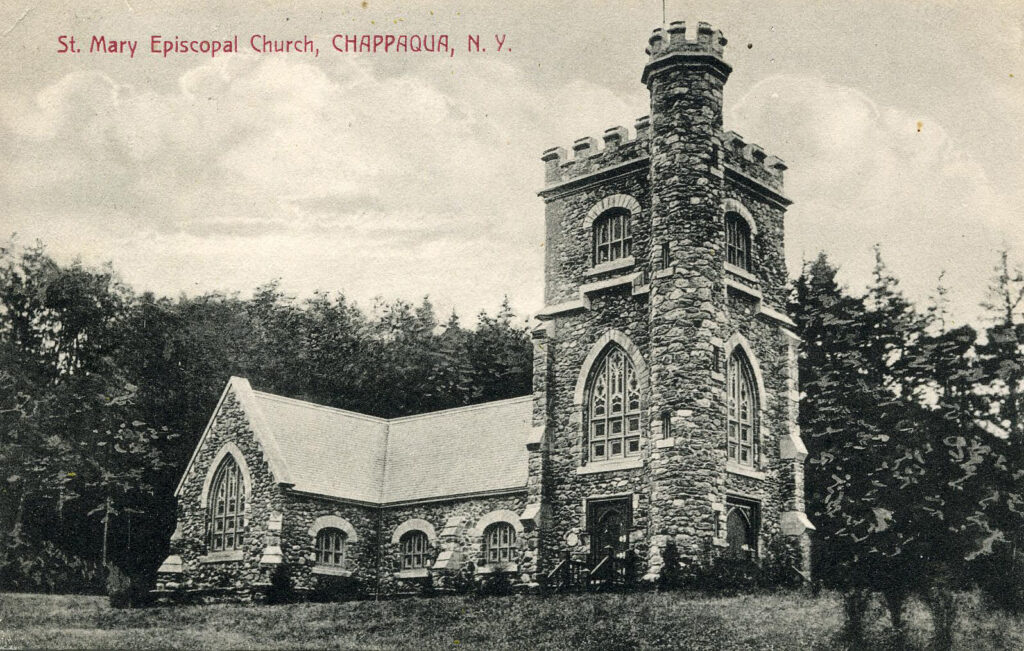
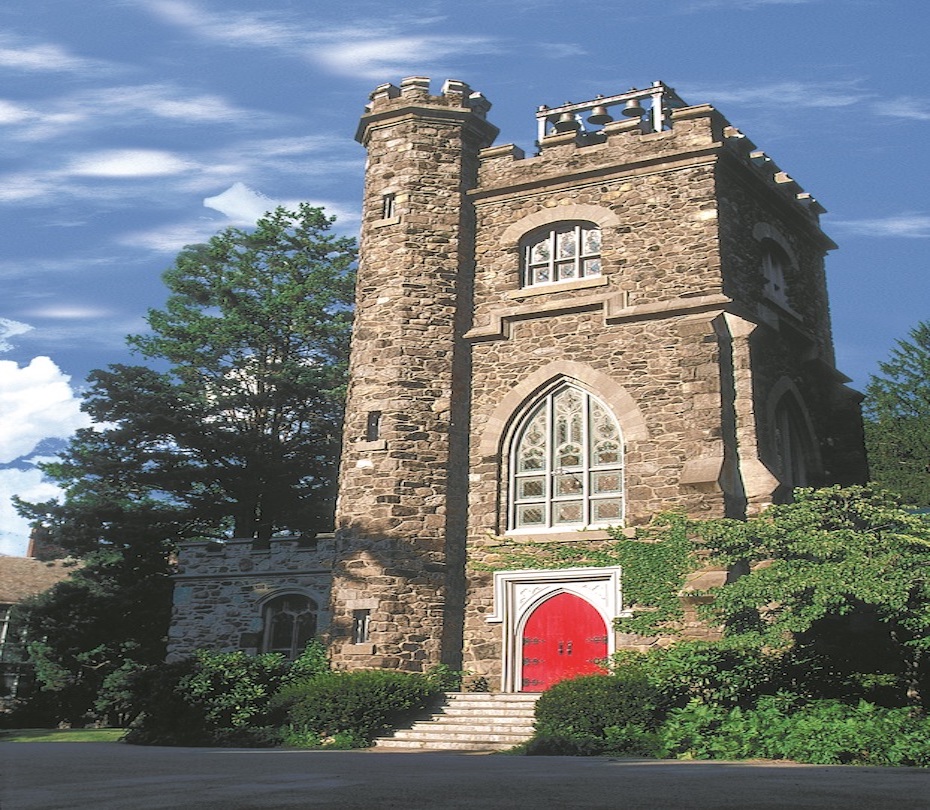
The Church of St. Mary the Virgin was originally built as a private chapel in memory of Muriel Clendenin, daughter of the Rev. Dr. Frank M. and Gabrielle Greeley Clendenin, daughter of Horace Greeley. The fourth child of Father and Mrs. Clendenin, Muriel was born on October 9, 1898, and died of tuberculous meningitis at the age of five. Dr. Clendenin built the chapel at his own expense on four acres of the Greeley farm donated by Mrs. Clendenin. Groundbreaking was on July 4, 1904, and the chapel was consecrated on June 21, 1906. The Gothic style of the building was based upon the 1494 Church of St. Mary the Virgin in Monken Hadley, Middlesex, England, which contributed one of its own ancient windows to its American namesake. Additions to the traditional cruciform (cross-shaped) church include the family graveyard at the back and the baptistry at the southwest corner. The church is a New Castle Landmark, and is also listed on the National Register of Historic Places.
New Castle Landmarks
Chappaqua Train Station c.1902
108 Allen Place
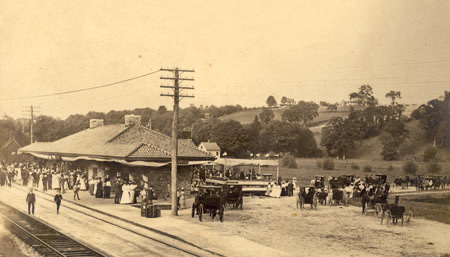
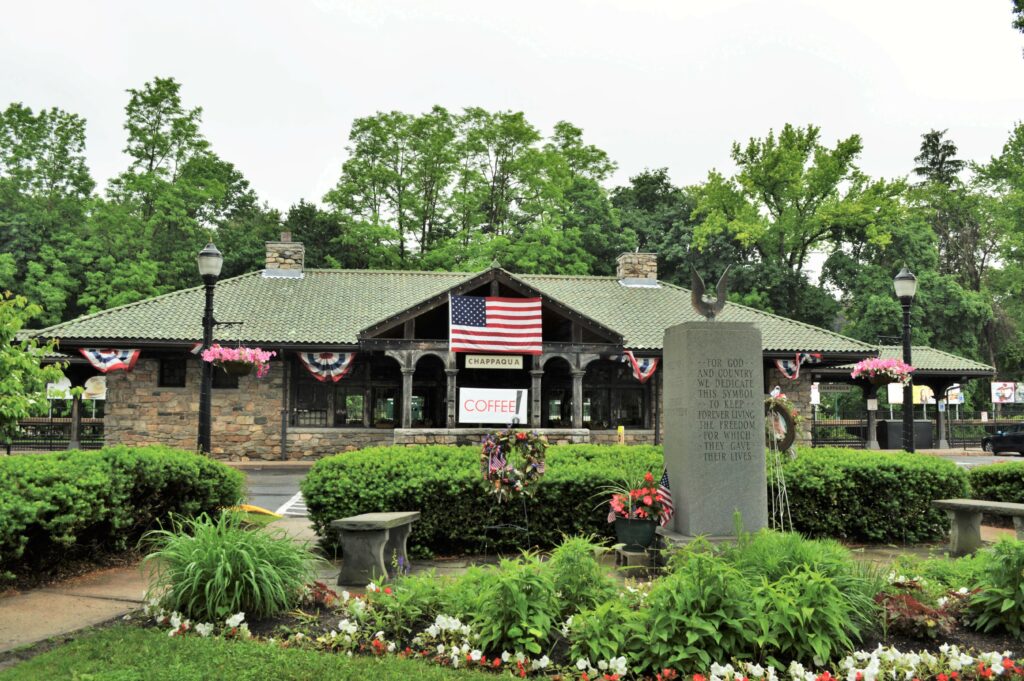
The Chappaqua Railroad Depot and Depot Plaza landmark site includes both the historic train station and the semicircular plaza adjoining it. They are on land donated in 1901 by Dr. Frank M. Clendenin and his wife Gabrielle, daughter of Horace Greeley. The station building was completed and opened the following year. Its design was similar to others on the New York Central Harlem Division line, with its fire-resistant masonry walls, tiled roof, and broad, sheltering eaves. The building now houses a café, which has retained the original floor plan of the interior and incorporates the old ticket booth as an active element. The site is a New Castle Landmark and is also listed on the National Register of Historic Places.
New Castle Landmarks
Robert E. Bell Middle School c.1929 and 1939
50 Senter Street
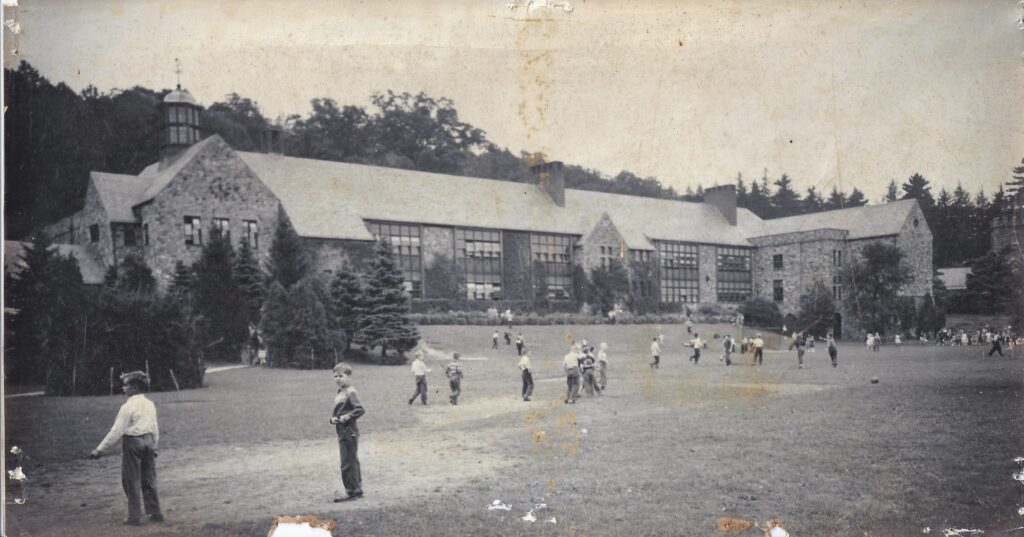
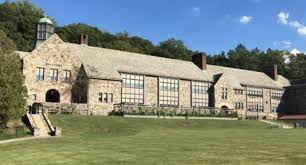
Through most of the 1920s, New Castle had only small “common” schools in about a dozen individual districts across the town. Education extended only to the eighth grade. In 1926, School District Number 4 absorbed other districts to form what was originally called Chappaqua Central School District Number 4 and eventually just the Chappaqua Central School District. The new district acquired 10 acres of Horace Greeley’s former farm in Chappaqua from his daughter, Gabrielle Greeley Clendenin, and proceeded to build a comprehensive school to replace the common schools. The Horace Greeley School, designed by local architect James Renwick Thomson, opened in early 1929, and a matching addition was built in 1939. The new school not only offered education from the elementary to the twelfth grades but also contained facilities such as an auditorium, cafeteria, gymnasium, and library, not to mention extensive playing fields. It was highly visible on its downtown site and became a major community center. When the Horace Greeley High School opened in 1957, the school was renamed the Robert E. Bell Middle School, in honor of its first principal.

